How to keep a pantry cool in hot weather – 6 ways to keep things fresh
From the height of your shelves to humidity levels, these are the dos and don'ts of keeping your pantry cool through summer
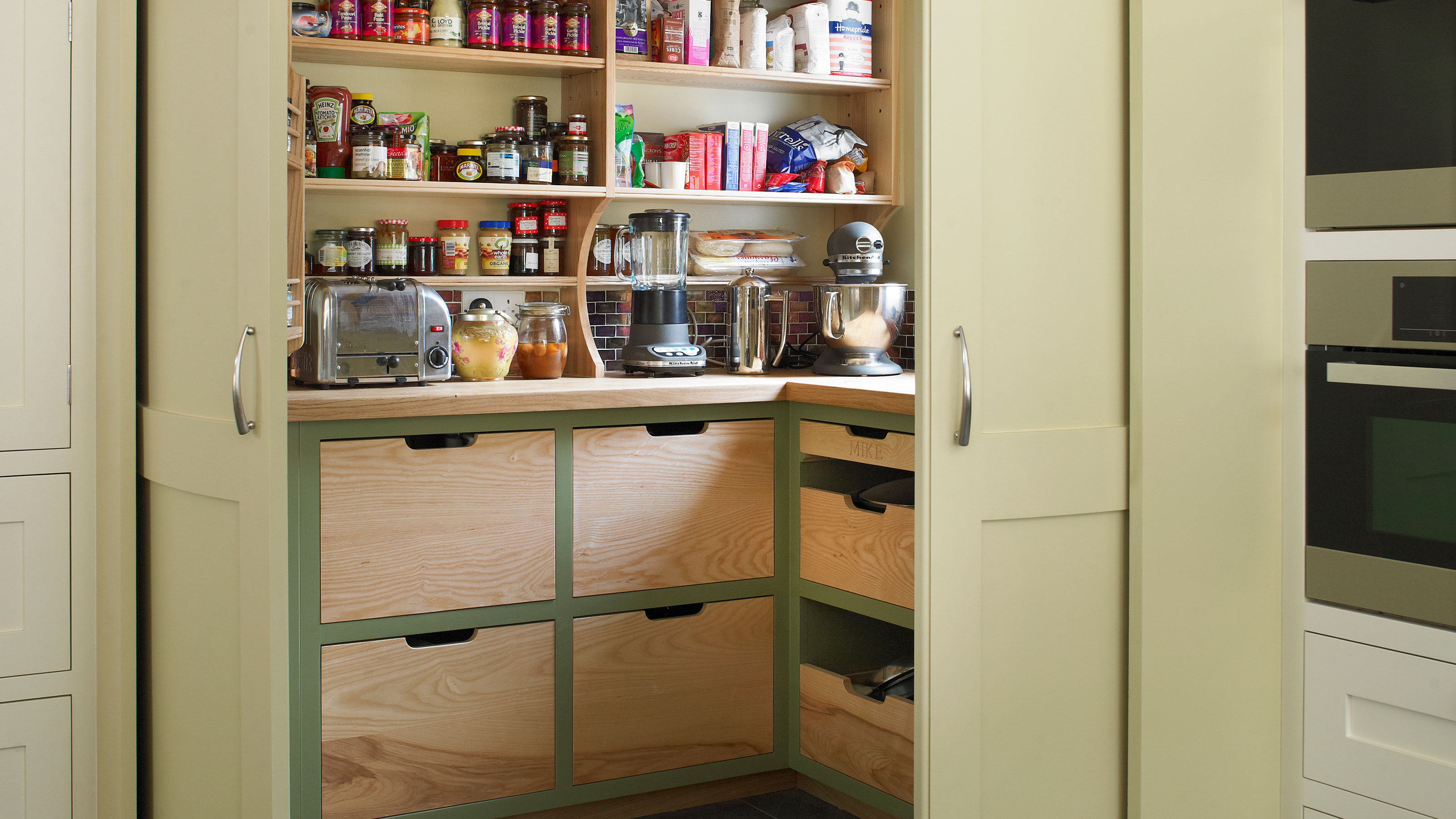

When it is hot and humid outside, it can be hard to keep your pantry nice and cool. Ideally, our pantry storage space should be between 50°F (10°C) and 70°F (21°C), which is much cooler than you might expect.
Excessive heat will shorten the shelf life of our pantry staples, be it perishables like fruit and dairy products to canned goods and grains.
And as well as being unpleasant, a too-hot pantry can lead to odors and possible health risks, as well as simply making our food taste bad.
How to keep a pantry cool
Mike Futia from Grill Frenzy describes a bad food hygiene domino effect that can happen when the pantry is too warm.
'Food can lose flavor and nutritional value. It also causes food to spoil more quickly, which draws pests to the area. High temperatures may facilitate the development of bacteria and mold on food, too,' he says. 'The labels on the jars peel off, spoiling the canned food as well. Additionally, things like candles and chocolates could melt.'
1. Store appliances elsewhere
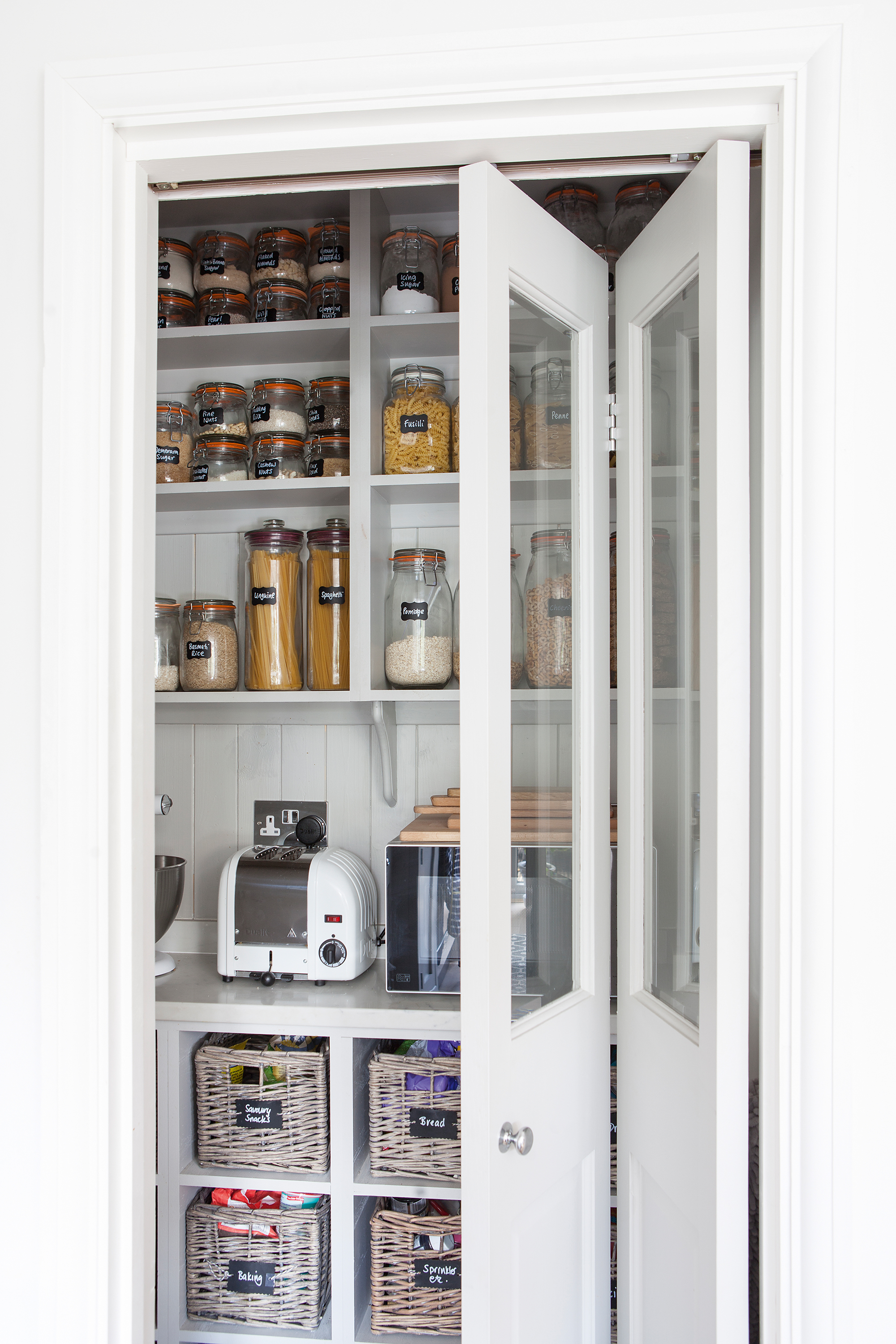
Many of us like to store our coffee machines and toasters in the pantry as a way to keep our kitchen counters clear, but when the overall temperature is high, it's best to store kitchen appliances away from food as they do generate heat, raising the ambient temperature slightly. Any heat sources should be placed elsewhere, and this applies to white goods too:
'Humid appliances like refrigerators and freezers should also be kept far away from dry goods and ideally in a separate space altogether,' says food safety expert Paul Kushner at My Bartender.
Design expertise in your inbox – from inspiring decorating ideas and beautiful celebrity homes to practical gardening advice and shopping round-ups.
Struggling for space? There are always new, creative kitchen storage ideas you can try that will help make the most out of the open and closed storage space you have available.

Paul has been working in professional kitchens and certified in food safety/handling since 1997, including over ten years as a restaurant owner. He believes keeping a pantry cool, dry and food safe is crucial in commercial and home kitchens alike.
2. Increase ventilation
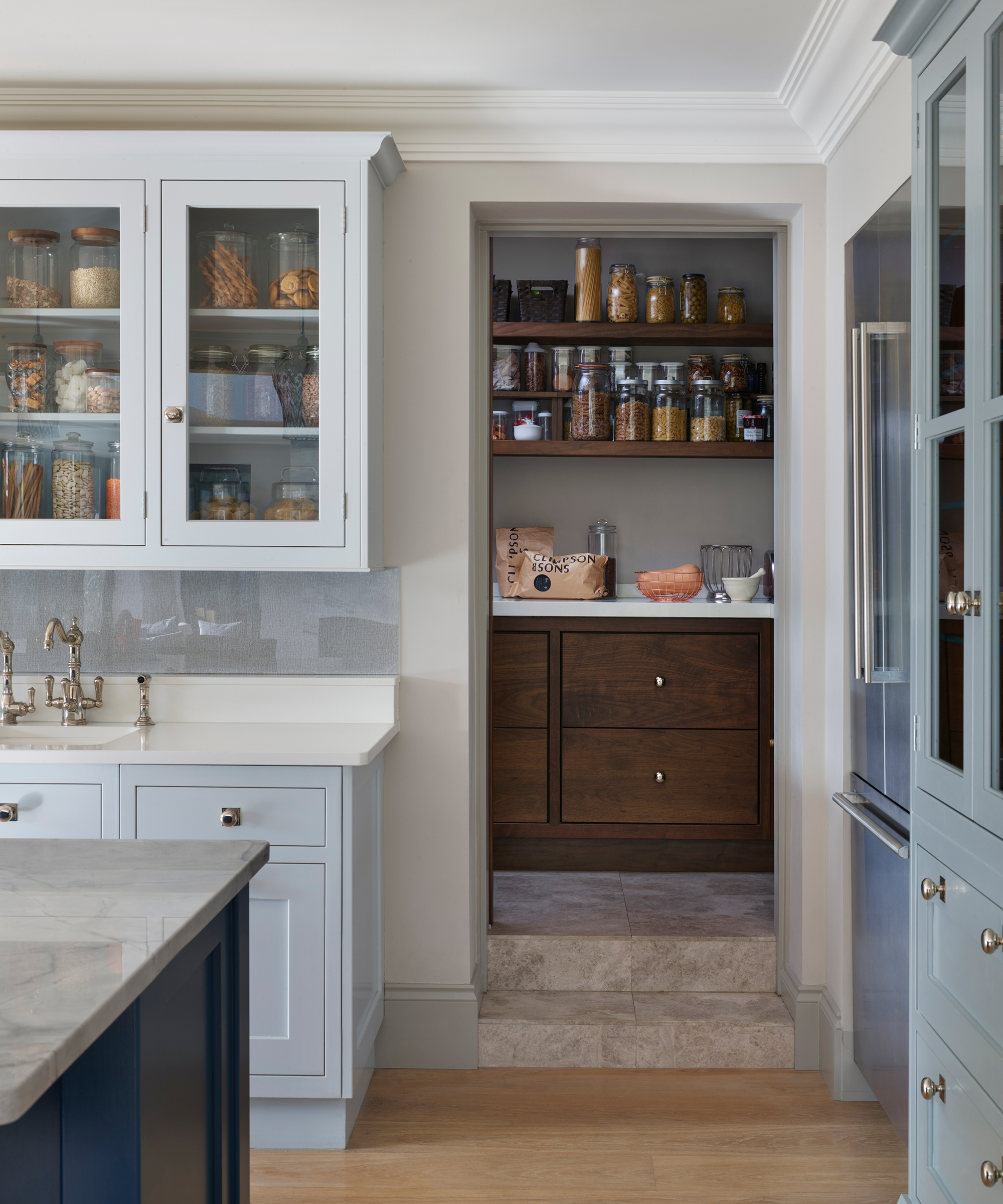
Adding a window or vent on a north-facing wall will improve airflow. Just ensure openings are protected from pests and sunlight exposure to avoid bugs or other critters entering, and from food spoiling in direct sunshine. If you have any electrical outlets in the pantry, consider adding a portable fan with clamp, at Amazon, that can easily clip onto shelving to keep air moving.
'A lack of ventilation in the pantry area is a common mistake that leads to
high temperatures and humidity in the space,' says Mike Futia.
Bear in mind that when adding a vent, your pantry will always be at the same temperature as the rest of your home, which could mean it becomes too hot in the winter as you warm up the whole house.
3. Block out heat with window film
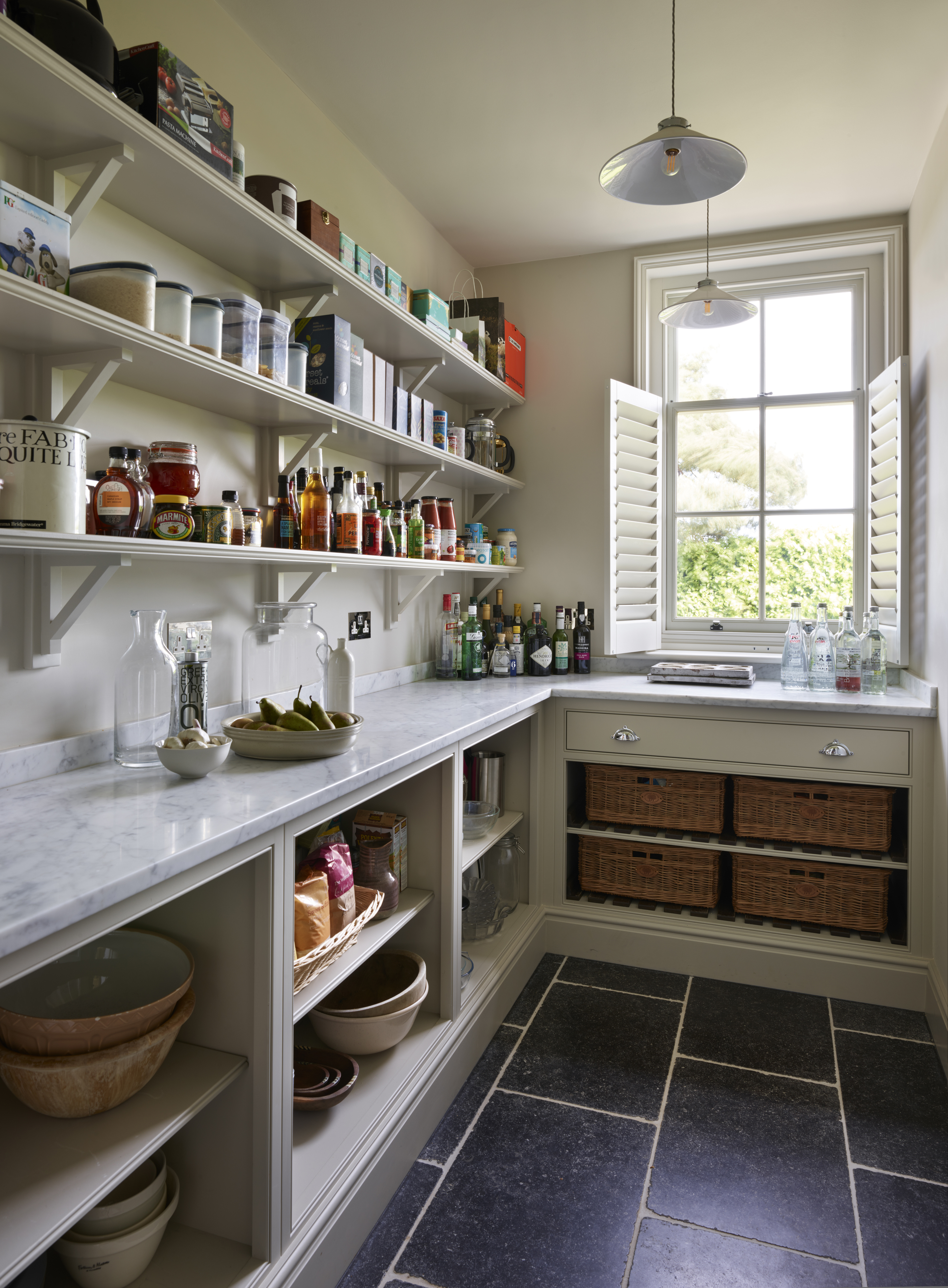
Window film, at Amazon, will reflect light and heat back outside, reducing how much heat passes through the window. This will help keep things cool in summer and retains heat in winter.
4. Manage humidity
The ideal relative humidity levels for a pantry are between 50% and 60%. To keep it down, run your dehumidifier in the pantry or kitchen area.
'Humidity is the enemy in your pantry! If you can prevent humidity, you will minimize the possibility of mold, mildew and spoilage. Plus, who wants soggy crackers? If you live in a humid climate, I'd suggest adding a dehumidifier to your pantry,' says Paul Kushner.
'Silica gel packets, at Walmart are also an easy way to keep dry goods intact, just be sure they aren't consumed accidentally. There are also baking soda-based moisture absorbers, but ultimately climate control through a dehumidifier or HVAC system will be your best bet.'
An air purifier can reduce odors, too.
5. Streamline your shelves
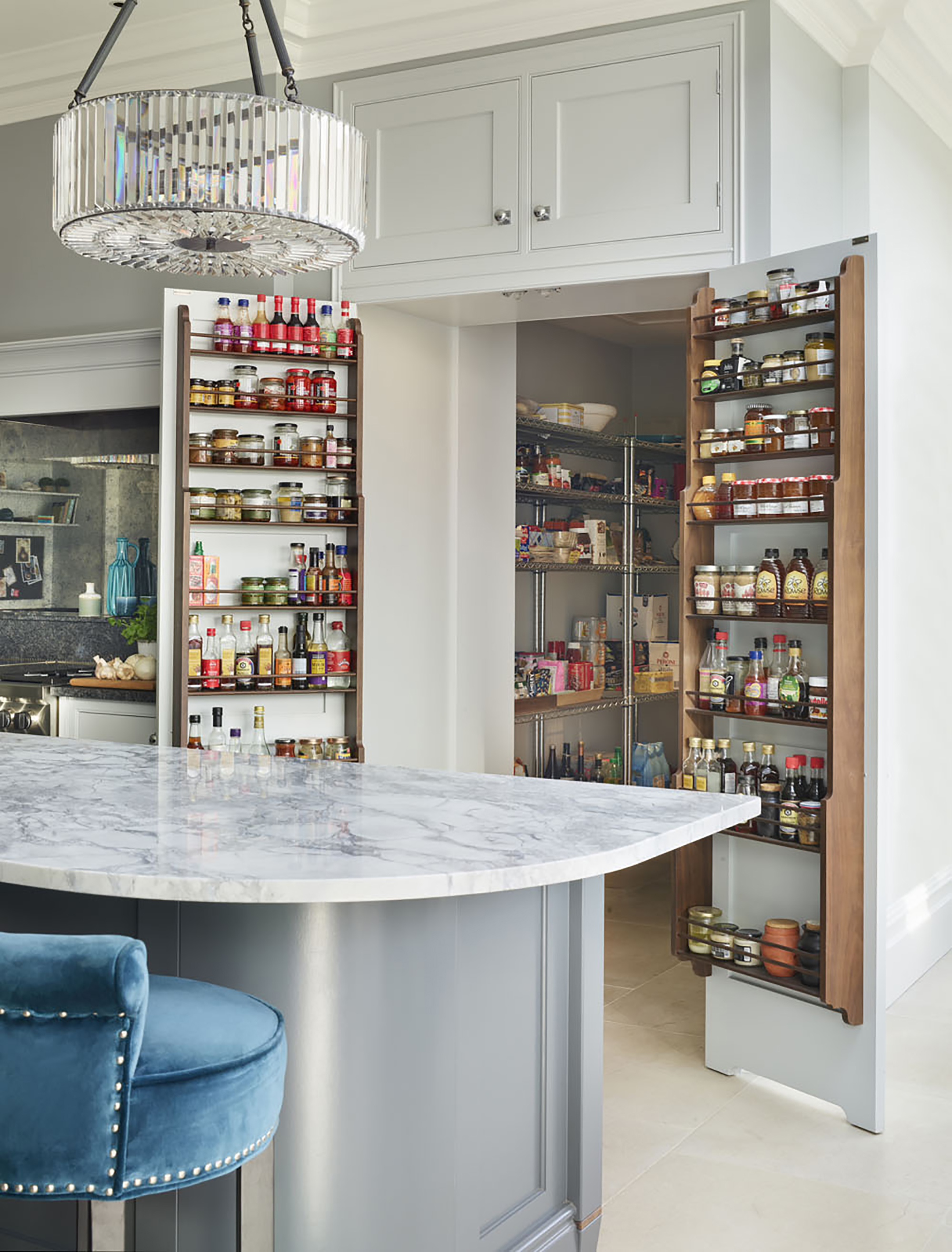
Make sure the pantry is not overcrowded by doing some kitchen decluttering before organizing your pantry.
'Don’t pack your food too tightly or stack them too high, as this reduces
air circulation,' explains AJ Yarwood from Open Air Advisor. 'Don’t use containers that are not airtight or moisture-proof, which allow heat and moisture to enter.'
Anything on shelves that are too high up will also be exposed to higher temperatures as heat rises.
6. Monitor the temperature day to day
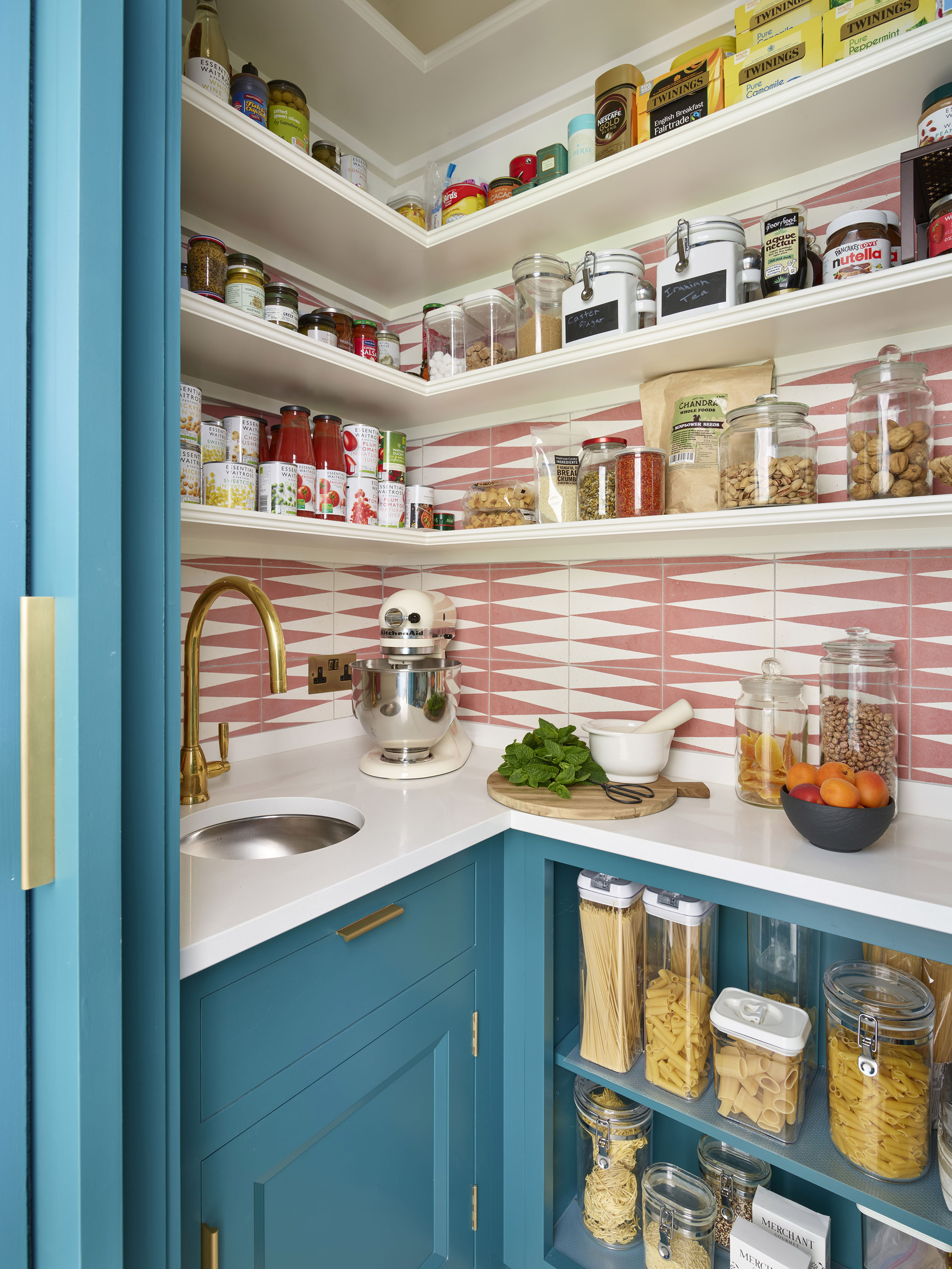
Keep a thermometer in the pantry so you can monitor the temperature easily.
'Ideally, your pantry should be between 50 and 70℉,' says Paul Kushner, food safety expert. 'This minimizes potential bacterial growth, mold, and over-fermentation resulting in cracked or exploded jars. Canned foods are also prone to tasting off if they are heated and cooled repeatedly in their sealed cans.'
FAQs
Is it okay to have a window in a pantry?
'Windows in a pantry can make it easier to find ingredients and make a pleasant backdrop,' says Paul Kushner. 'But you need to have a blackout blind or curtain available to block out the sun. All that sunlight can compromise UV-sensitive ingredients like oils, and will definitely heat up a small pantry quickly. Cracking the window on a cool, breezy night can be helpful for your pantry but is by no means essential!'
The main drawback is that it takes up wall storage space and exposes the pantry to the elements, and may invite bugs in.
Should I keep my pantry door closed?
'You don't want a sealed doorway in your pantry. You actually want air to circulate freely in and out of your pantry, especially if the rest of your home is equipped with temperature and humidity control. The door should have a standard gap on the bottom edge for airflow, and items should be stored with some space around them for airflow,' says Paul Kushner.
Try a combination of measures for reducing heat, humidity, and smells – a few simple tweaks and opening the pantry door will be a lot more pleasant when the mercury rises.

Millie is a freelance writer and qualified interior designer based in Sheffield. She has many years of experience in the world of content and marketing, and previously worked as the head of Solved at Homes & Gardens. Before that, she worked in SEO at News UK in London and New York. She has a first-class degree in French and Italian from UCL and loves to weave decor into her home that reminds her of time spent living and studying in Bologna. Millie believes a clutter-free space that you love coming home every day is the best secret weapon for our well-being.